Working with a hot kiln requires careful attention to safety procedures to prevent injuries and protect your work. Unloading a kiln too quickly or without proper precautions can lead to burns, thermal shock to the ceramics, and other risks. This guide explores the key aspects of how to safely unload a hot kiln.
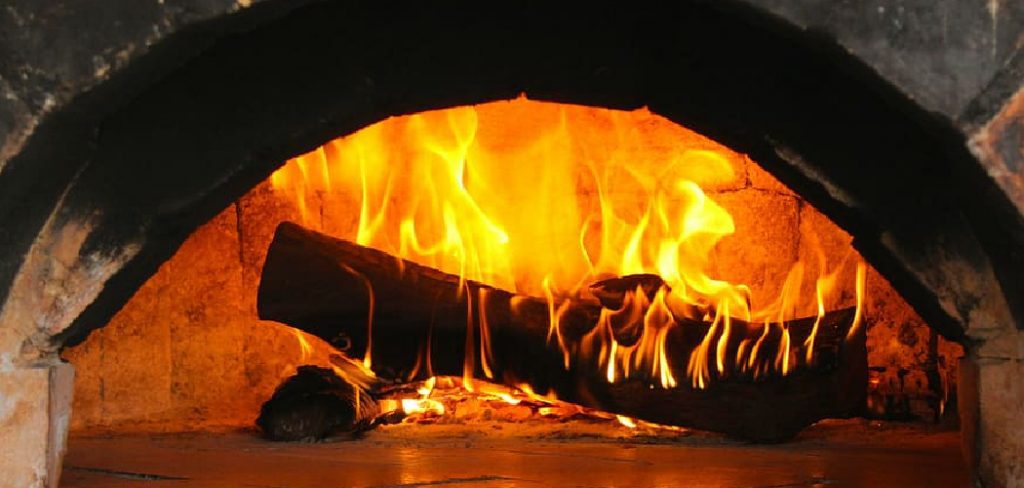
By following a few key steps, you can ensure the process is both safe and successful, preserving your creations and maintaining a safe workspace.
Risks of Improper Unloading
Failing to follow proper procedures when unloading a hot kiln can result in serious consequences for both you and your work. One major risk is the potential for burns, as the kiln and its contents can retain extremely high temperatures long after the firing process is complete.
Touching hot surfaces or mishandling items can lead to painful injuries. Additionally, ceramics removed too quickly from the kiln may experience thermal shock, causing cracks, warping, or breakage. This not only destroys your hard work but can also create sharp fragments that pose further safety hazards.
Improper unloading can also damage the kiln itself, such as by exposing it to sudden airflow changes that may deteriorate its components over time. Understanding and mitigating these risks is essential to ensure a safe and successful unloading process.
Why Safety is Crucial When Unloading a Hot Kiln
Safety is paramount when unloading a hot kiln due to the combination of high temperatures and fragile materials involved in the process. Ensuring safety protects not only the person handling the kiln but also the integrity of the ceramics and the equipment itself.
A kiln can remain dangerously hot for hours after firing, and failure to use appropriate protective gear, such as heat-resistant gloves and eye protection, increases the likelihood of burns or other injuries. Additionally, rushing the unloading process can damage the ceramics, as sudden changes in temperature may compromise their structural integrity.
Beyond personal safety and preserving your work, following proper safety protocols also prolongs the lifespan of your kiln, reducing the risk of mechanical failure or costly repairs. Ultimately, adhering to safety measures ensures efficiency, prevents accidents, and upholds a professional standard in any ceramic workspace.
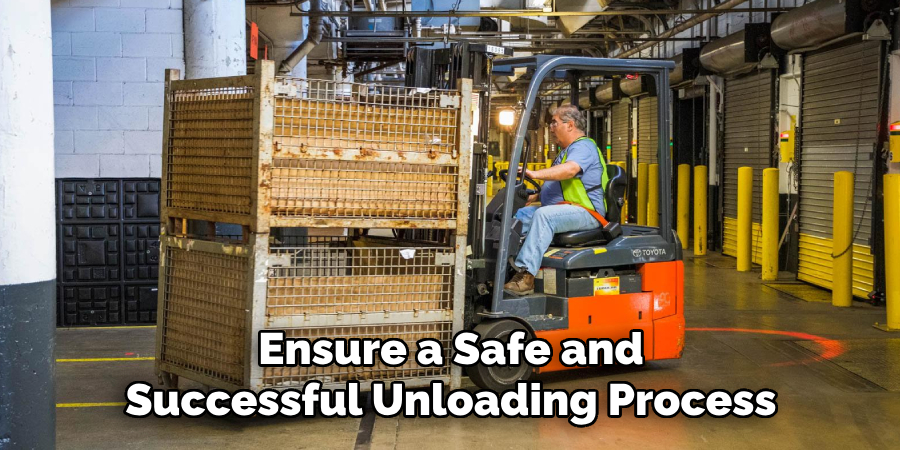
10 Methods How to Safely Unload a Hot Kiln
1. Wear Appropriate Protective Gear
Safety starts with wearing the right protective gear. Unloading a kiln while it’s still hot requires insulated gloves that can withstand high temperatures, typically rated for 1000°F (537°C) or more. In addition to gloves, wear heat-resistant clothing and closed-toe shoes to protect against accidental burns or dropped items.
Safety glasses or goggles are also essential to shield your eyes from potential heat waves or fragments of material that could dislodge during handling. Investing in high-quality protective gear is non-negotiable for safe kiln unloading.
2. Check the Kiln’s Temperature
Before attempting to unload the kiln, check its internal temperature using a pyrometer or the kiln’s built-in thermometer. The kiln should be cool enough to handle safely but still warm enough to prevent thermal shock to the items inside.
A typical safe unloading temperature ranges between 140°F (60°C) and 200°F (93°C), depending on the materials being fired. If the temperature exceeds this range, wait longer to ensure both your safety and the integrity of the fired items.
3. Ventilate the Workspace
A kiln releases gases and fumes during the firing process, which can linger even after the kiln is turned off. Before opening the kiln, ensure the workspace is well-ventilated by turning on exhaust fans or opening windows.
Ventilation is especially important if the kiln is used for materials like glazes or metals that can emit harmful fumes. Proper airflow will not only make the environment safer but also help dissipate the heat more efficiently, reducing the risk of burns or heat exhaustion.
4. Open the Kiln Gradually
When it’s time to open the kiln, do so gradually to allow the hot air to escape slowly. Quickly opening the kiln can cause a sudden rush of heat, which can be dangerous to you and damaging to the pieces inside due to rapid temperature changes. Start by cracking the lid or door slightly and waiting a few minutes for the heat to dissipate.
Gradually open the kiln wider in increments until it’s fully open. This step is critical to prevent thermal shock and reduce the risk of burns.
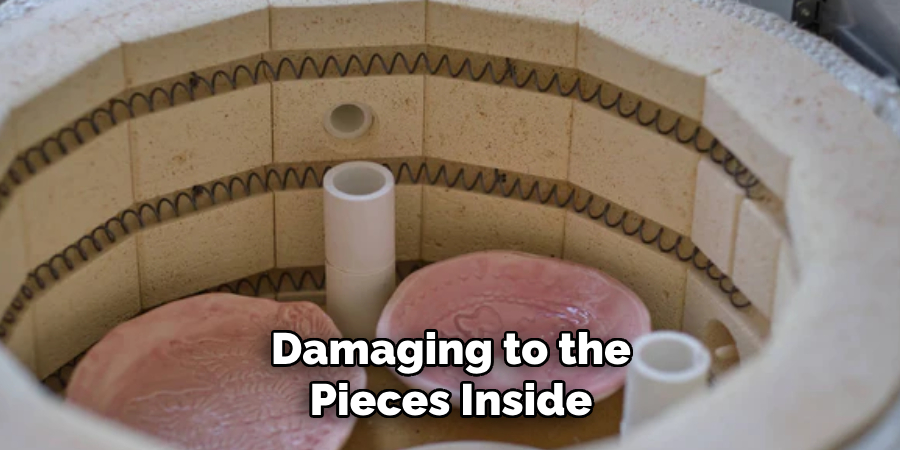
5. Use Proper Tools for Handling Hot Items
Handling items inside a hot kiln requires tools designed for high temperatures. Use kiln tongs or heat-resistant tools to grip and remove the pieces safely.
These tools should have insulated handles and a sturdy grip to prevent slipping. Avoid using bare hands, even with gloves, for particularly heavy or fragile items, as the risk of dropping them increases. Having the right tools at hand will ensure a smoother and safer unloading process.
6. Unload the Top Layers First
Begin unloading the kiln by removing items from the top layers, where the heat is less intense. Working from the top down allows the remaining heat in the kiln to dissipate gradually and minimizes your exposure to the highest temperatures.
Place the unloaded items on a heat-resistant surface, such as a ceramic tile or a metal rack, to allow them to cool further. Avoid placing hot items directly on cold surfaces, as this can cause thermal shock and cracking.
7. Handle Items with Care to Prevent Damage
Hot ceramics or other kiln-fired materials are particularly fragile, as they can still be undergoing slight thermal changes. Handle each piece with care, avoiding sudden movements or impacts that could cause cracks or breaks.
Place the items down gently and ensure there’s enough space between them to avoid accidental contact. Taking your time during this step will help preserve the integrity of your work while ensuring safety.
8. Monitor for Hot Spots and Residual Heat
Kilns often have areas that retain more heat, known as hot spots. Be mindful of these areas when unloading, as they can pose additional risks. Use a heat gun or infrared thermometer to check for residual heat on the shelves, posts, or the kiln’s interior walls.
Avoid touching these areas directly and allow additional cooling time if necessary. Knowing the layout of your kiln and its potential hot spots will help you navigate the unloading process more safely.
9. Cool Items Gradually After Unloading
Once the items are removed from the kiln, they still need to cool gradually to avoid thermal shock. Place the unloaded pieces in a temperature-stable environment, away from drafts, fans, or direct contact with cold surfaces.
Sudden cooling can cause cracks or warping, especially in ceramics or glass. If possible, use a controlled cooling area, such as a heat-resistant table or rack, to allow the items to cool naturally and evenly.
10. Inspect the Kiln and Items Post-Unloading
After the kiln is fully unloaded, inspect both the kiln and the fired items for any signs of damage or irregularities. Check the kiln shelves and walls for cracks, warping, or residue from glazes or materials that may have spilled during firing. Cleaning and maintaining the kiln regularly ensures its longevity and safe operation.
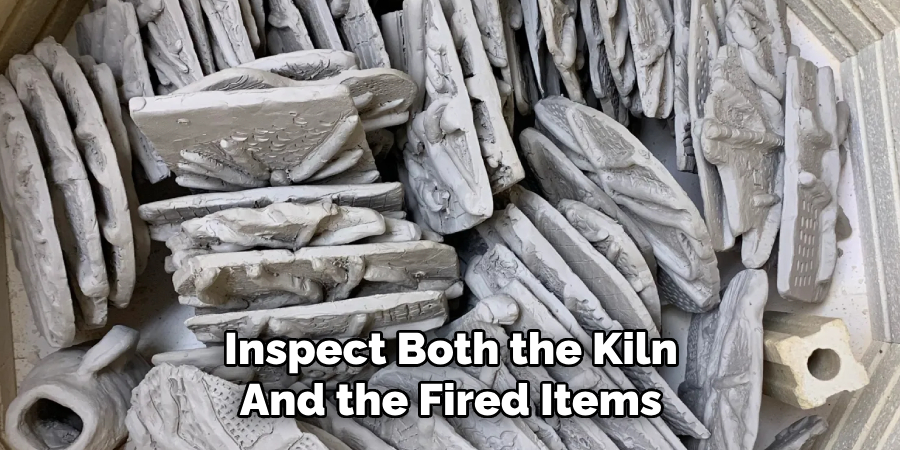
For the fired pieces, look for imperfections or defects that might indicate firing issues, such as uneven heating or glaze bubbling. Documenting these observations will help you improve future firings and address any potential kiln issues proactively.
Things to Consider When Unloading a Kiln
Unloading a kiln requires both patience and attention to detail to ensure safety and the integrity of your work. Here are some important considerations:
- Temperature Awareness: Always ensure the temperature is within the recommended range before unloading to prevent burns or thermal shock. Investing in a reliable thermometer is essential.
- Protective Gear: Wear appropriate protective equipment such as heat-resistant gloves, safety glasses, and closed-toe shoes to minimize risks.
- Workspace Preparation: Make sure your workspace is well-organized and ventilated. Clear any clutter to prevent accidents and prepare a heat-resistant surface for the unloaded items.
- Time Management: Avoid rushing the process. Allow enough time for gradual cooling and careful handling to maintain the quality of the fired pieces.
- Tool Readiness: Have all necessary tools, like kiln tongs or heat-resistant pads, readily available to handle items safely and efficiently.
By preparing thoroughly and following best practices, you can make the unloading process smoother and ensure the success of your firing projects.
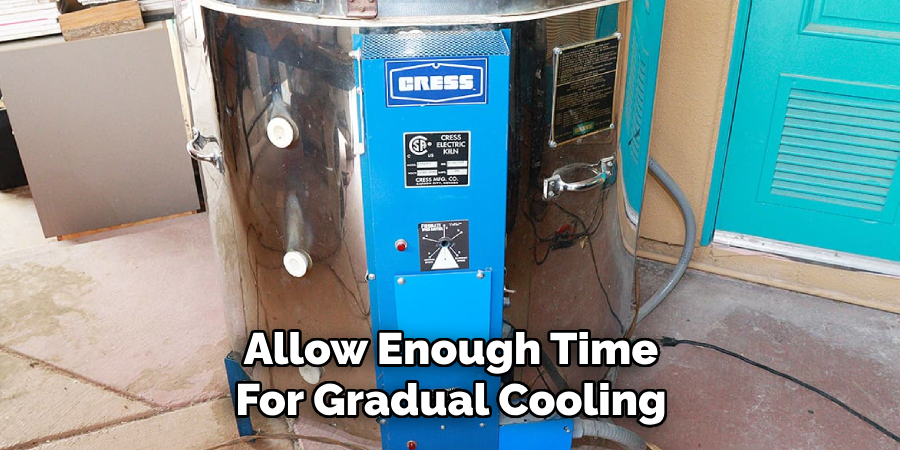
Conclusion
Unloading a hot kiln safely is a meticulous process that demands proper preparation, protective gear, and careful handling. By following these ten methods, you can minimize risks to yourself and your work while ensuring a smooth and efficient unloading process.
From wearing heat-resistant gloves to gradually cooling the unloaded items, each step contributes to a safer and more successful firing experience. So, there you have it – a quick and easy guide on how to safely unload a hot kiln.
Specialization:
- Master of wheel-throwing, hand-building, and advanced glazing techniques
- Focus on creating both functional pottery and decorative art pieces
Recognition:
- Celebrated by collectors and art enthusiasts for creating one-of-a-kind pieces that blend artistry with functionality
- Participates in local and national exhibitions, earning accolades for his innovative designs and craftsmanship
Passion:
- Deeply committed to exploring and pushing the boundaries of ceramic artistry
- Continuously experiments with new materials, firing techniques, and artistic concepts to evolve his craft
Personal Philosophy:
- Believes in the transformative power of art, aiming to evoke emotions and connections through his ceramic creations
- Advocates for sustainability in ceramics, using eco-friendly materials and practices whenever possible


